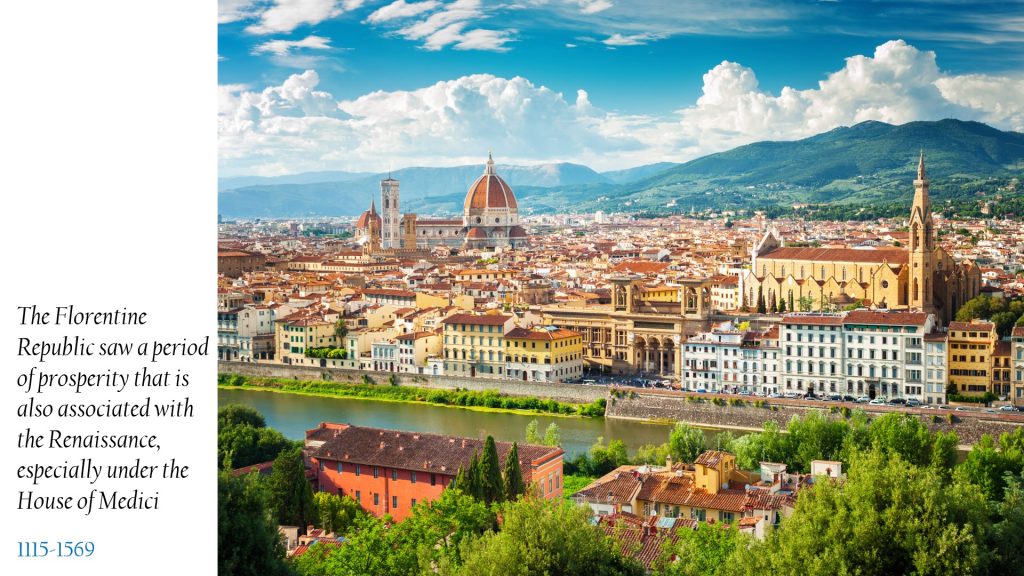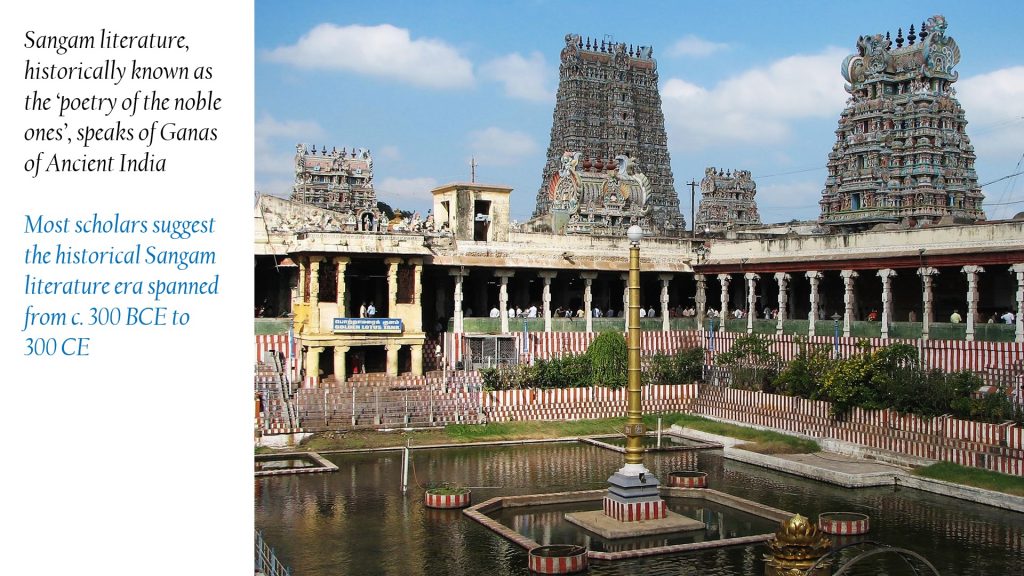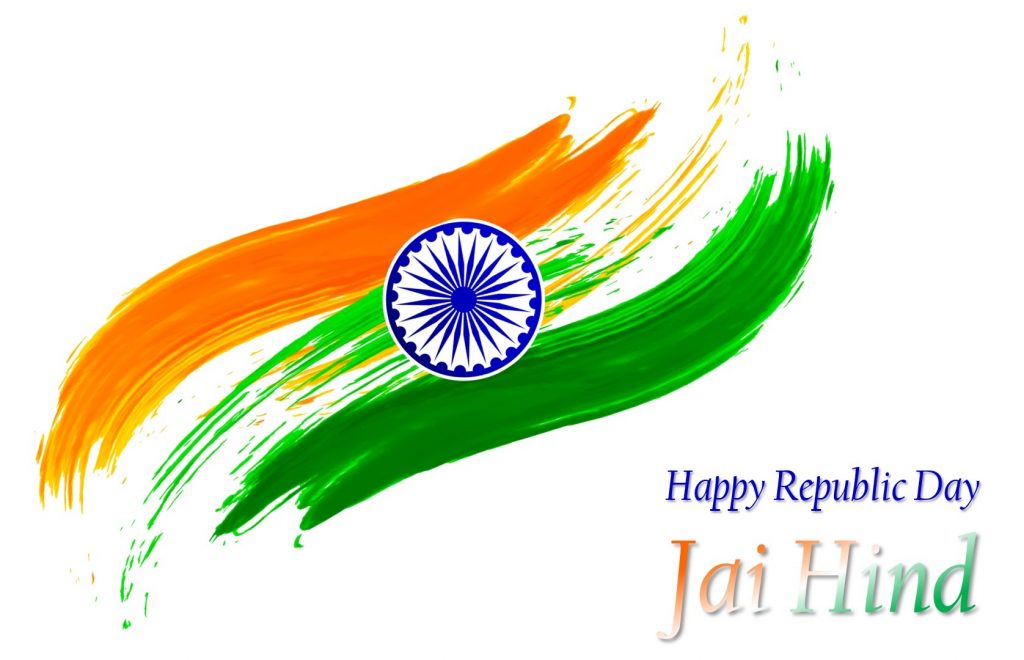Republicanism is centred on the principle of citizenship in a state-organized as a republic. The word “republic” derives from the Latin noun-phrase res publica (‘public thing’), which referred to the system of government that emerged in the 6th century BCE following the expulsion of the kings from Rome by Lucius Junius Brutus and Collatinus.


Historically, republicanism ranges from the rule of a representative minority or oligarchy to popular sovereignty. This form of government in the Roman state collapsed in the latter part of the 1st century BCE, giving way to what was a monarchy in form, if not in name. Republics recurred subsequently, with, for example, Renaissance Florence or early modern Britain.

The concept of a republic became a powerful force in Britain’s North American colonies, where it contributed to the American Revolution. In Europe, it gained enormous influence through the French Revolution and through the First French Republic of 1792–1804.


What we often forget in all this is that India had republicanism long before the Roman republic arose. Ganarajya in the times of yore were ancient Indian republics. The word Gana also means numbers and Ganarajya will therefore mean the rule of numbers or the rule of many. The Dharma Sutras and Dharma Shastras contain frequent references to Gana which seems to denote town or village corporations.


Inscriptions refers to Malava and Yaudheya Ganas and in Samudragupta’s Allahabad Pillar Inscription they are clearly distinguished from monarchies. The Bijaygadh Pillar Inscription expressly refer to the fact that the Yaudheya Gana used to elect its chief who also served as general. In chapter 108 of Shanti Parva of the Mahabharata in which Yudhishthira asks Bhishma about the ganas, particularly their functioning and defence.

Reference of Ganas is found in Pāṇini’s works and Naradasmriti. Ganas are also referred to in the Rig Veda in Mandala 3 Hymn 26, Verse 6, albeit as assemblies of warriors when they say
व्रातं व्रातं गणम् गणम्
Sangam literature of Tamil (c. 300 BCE – c. 300CE) describes the offerings for Ganas and in Silapathikaram one of the five epics of Tamil by Ilango Adigal saying the offering for eighteen kind of Ganas.

The concept of republics in ancient India is much older than that of Greece or Rome and flourished mainly in north-western and north-eastern regions of India from 600 B.C. to 400 A.D. Ironically, our chief source of historical information about the Ganarajya of ancient India are the Greek writers for north-western zone and the Buddhist works for the north-eastern zone. This apart the Mahabharata, Arthashastra and works of Panini, Katyayana and Patanjali also provides us information about these republics.

In the modern era, India became a republic in 1950. Republic Day honours the date on which the Constitution of India came into effect on 26 January 1950 replacing the Government of India Act (1935) as the governing document of India and thus, turning the nation into a newly formed republic.

26 January was chosen as the date for Republic day because it was on this day in 1929 when the Declaration of Indian Independence (Purna Swaraj) was proclaimed by the Indian National Congress as opposed to the Dominion status offered by the British Regime.

This was the day when the flag of India was hoisted by Jawaharlal Nehru in 1929 on the banks of Ravi river, in Lahore, modern-day Pakistan, thereby marking the call for complete independence from the British.

The Constitution of India has 448 articles in 25 parts and 12 schedules. There are 104 amendments that have been made in the Indian constitution up to January 25, 2020. Copies of the handwritten Constitution of Indian were signed by 308 Assembly members on January 24, 1950.


While we celebrate Republic Day on 26 January, Republic Day is a three-day affair which ends on 29th January with the Beating Retreat Ceremony. A foreign head of state is usually the Guest of Honour, with President Sukarno, the first Head of State of Indonesia having been the Chief Guest for India’s first Republic Day. Republic Day was first celebrated at Rajpath in the year 1955, where the Chief Guest was the Governor-General of Pakistan, Malik Ghulam Mohammed.

Even as we battle the scourge of COVID, we as a nation stand as one.


I hope and pray that we keep our place as champion of humanity, embodying the unity in diversity that the nation’s Dharmic foundations bring to the fore, and the torchbearer of republican ideas of liberty, equality and fraternity.

















